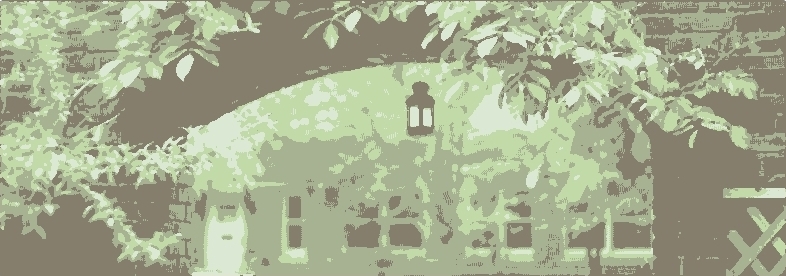

(All birds eat mosquitoes...)
10. Add a new native plant species to your garden. You just can’t have too many good hummingbird plants in your garden or yard. Take an inventory of your existing offerings and consult a source of hummingbird plant information for ideas on what to add next. Good sources include plant charts in Enjoying Hummingbirds More, and Creating Your Backyard Bird Garden.
9. Plan a continuous blooming schedule. When you’re leafing through your garden catalogs or wandering the greenhouses of your favorite garden center planning your hummingbird garden, choose plant species that have different blooming periods. For example, choose a ready-to-bloom hanging basket of fuschia for early flowers, a fast-growing Salvia species for midsummer flowers, and a late-blooming trumpet creeper that will be in flower in late summer and fall. Ask a local gardening expert for advice on blooming schedules and seasons for your area, soil type, and climate. Continuous blooming means hummingbirds will always have a reason to be in your yard, especially late in the season when flower production is down but hummingbird numbers are up, with all the recently fledged youngsters.


